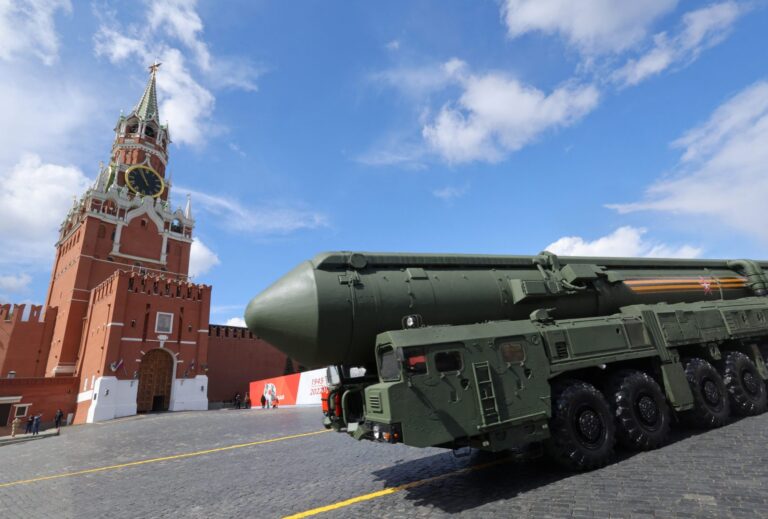China’s economy will be “on fire” in the second half of 2023 as the economic performance of East and West diverges, according to Standard Chartered Chairman José Viñals.
The reopening of the Chinese economy following several years of strict “zero-Covid” measures has buoyed sentiment among economists that the global growth and inflation picture may be less bleak than initially feared this year.
OECD Secretary-General Mathias Cormann earlier this week said the reopening was “overwhelmingly positive” in the global fight to tackle sky-high inflation.
Chinese GDP grew by just 3% in 2022, official figures revealed earlier this week, its second-slowest growth rate since 1976 and well below the government’s target of around 5.5%. However, shorter-term data indicated a quicker-than-expected recovery as pandemic-era measures are wound down.
The reopening has proven tricky, with China reporting a huge rise in Covid cases and deaths in recent weeks.
While acknowledging the human cost of the increased death toll, Viñals suggested that the resulting widespread immunity some analysts have suggested is emerging, in conjunction with the reopening of borders, will enable the economy to “surprise to the upside” in 2023.
“In the second half of the year, I think that the Chinese economy is going to be on fire and that is going to be very, very important for the rest of the world,” he told CNBC at the World Economic Forum in Davos, Switzerland.
“This is not just coming from the reopening from Covid but also coming from the support that the government is providing with their fiscal policy, support for the property sector which is extremely important, and also reducing the intensity of regulation or the regulatory crackdown on some sectors like the IT sector, so I think all of those things are going to be very important positives.”
Emerging market resurgence
As well as a contrast between global economic performance in the first and second half of the year, Viñals also suggested that there will be a divergence between the eastern and western hemispheres, with Asia and the Middle East driving global growth in 2023.
Despite the Federal Reserve’s aggressive monetary policy tightening and a strong U.S. dollar in 2022, emerging market economies in large part proved surprisingly resilient.
Viñals said the structural improvements that helped insulate many EM economies would also enable them to flourish in years to come.
“Not all emerging markets are created equal and they have very different exposures to the higher dollar and higher interest rates in the United States, and those who are more affected negatively are those which have high foreign currency indebtedness,” he said.
“There are a number of low income countries and lower middle income countries which have definitely gone into difficulties, but for the vast majority of emerging markets, things are going well.”
He pointed in particular to India and some of the Southeast Asian nations that suffered a ripple effect during the “taper tantrum” in 2013, in which a sharp sell-off in markets prompted the Fed to slow the pace of Treasury sales.
“I think that the improvement in the fundamentals of emerging markets, the improvement in the accumulation of foreign exchange reserves, better economic policies, better governance, all of that helps attract confidence or preserve confidence and I think that is a big plus for them,” Viñals said.
Source : CNBC







